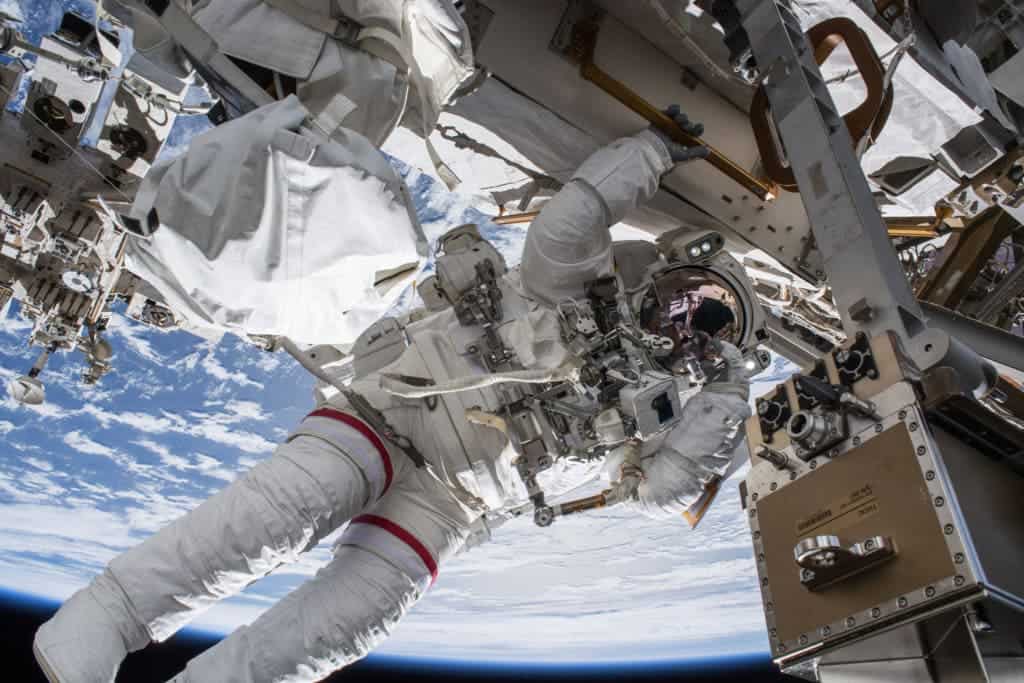Sending data from the International Space Station to Earth just got much faster — NASA was able to double the rate at which science data is transferred, opening the door to doing the same in other exploratory missions.

NASA’s missions, both near and far, rely on quick and effective communications to relay critical mission data to control centers and scientists here on Earth. The station now supports a 600 megabit-per-second (Mbps) connection, doubling the amount of data that the station can transmit and receive at a time.
“NASA’s communications networks play a pivotal role in every NASA mission, enabling data from human spaceflight, space and Earth science research missions and technological demonstrations to reach Earth for the benefit of humanity,” said George Morrow, the acting center director of NASA’s Goddard Space Flight Center in Greenbelt, Maryland.
Astronauts conduct research at the International Space Station that they would not be able to carry out on Earth. The experiments are increasingly reliant on data transfer between the station and researchers on Earth. The work on the orbiting laboratory provides knowledge in human research, experience in long-duration spaceflight, and capabilities for technology demonstrations that may enable future missions.
Now, with the data rate increase, the station can accommodate new experiments and technology demonstrations that require higher-resolution or more detailed data than was previously possible.
The space station communicates with Earth through radio frequency signals using a system of Tracking and Data Relay Satellites (TDRS) and ground-based antennas called the Space Network. The TDRS is placed in a high orbit above the Earth, over various strategic locations so that they can relay data to the ground from anywhere in orbit. Landlines then send the signal to various NASA centers, and their computer systems turn the radio signal back into readable data. To send data back, the process repeats in the other direction. This happens with less than a one-second delay in communication.
In order to support the increased data rate, several components were upgraded, including a new digital ground architecture for the Space Network. Technicians updated the space station’s software-based modem, improved data processors at various NASA centers, and enhanced routers, interfaces and other equipment.
“This project demonstrated that advanced radio frequency waveforms can be used efficiently to increase data rates and improve performance for high-rate communication services,” said Risha George, the upgrade project lead for the Space Network. “Operational use of these advanced waveforms proves that they can also be used for future missions, such as on the Gateway, a small spaceship that will orbit the Moon and provide a stepping stone to human exploration on Mars.”



